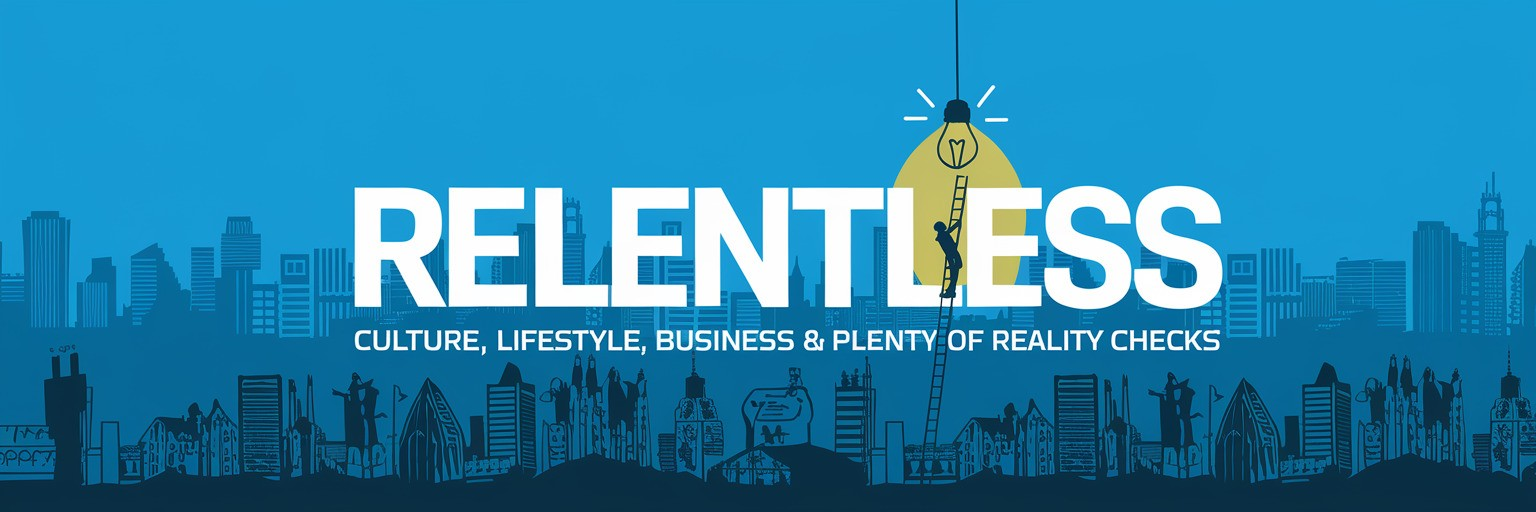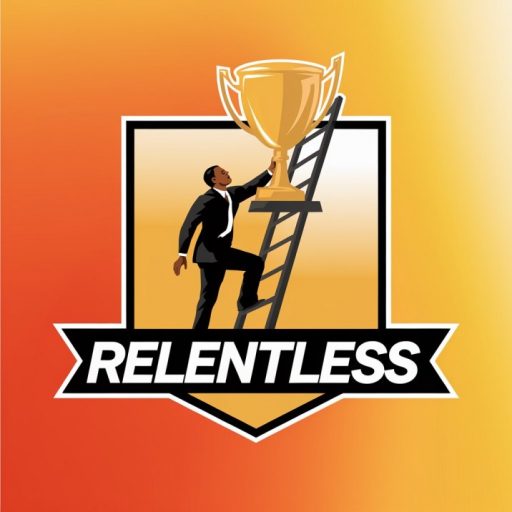Oh, wow! Hundreds and hundreds of years.
Dogs used to carry everything before the time of horses—to give you an idea that it’s definitely before contact. Digging into these cases, they’re utilitarian. For the longest time, I’ve seen them and thought, they’re cool… and then I would look at some beadwork or something shiny, haha! But I didn’t realize that they’re actually the foundation for the aesthetic design of the community. Each tribe has its own distinct colors and patterns. They are these visual cues to each other, where we can tell their origin and who we trade things with. They’re meant to travel. They’re meant to trade. And they’ll work perfectly for these bus shelters as traveling cases. So for that piece, I made these big posters utilizing bishkisché that were in each of those institutions, and then I’d just write things in the background as I was learning about these cases through research. Once I finished, I was like, This is not over; I need to continue because nobody currently makes bishkisché on my reservation. Sometimes people make miniature sized ones, but nobody is doing that practice whatsoever. That is a woman’s art form that has been lost.
I wanted to make an archive of studies to have that and for it to be accessible to Apsáalooke people. It was really wonderful to have the opportunity to have a one-on-one experience with the maker. I’m trying to follow them as closely as possible—their colors, their line work—so I get to know them within the process, or at least the way in which they are making these designs. I really love that, because unfortunately, in most of these cases that are in collections, even private ones, there are no names attributed to them. That wasn’t important to have, and I think the women were also not thinking of these as art objects, you know. So I just decided I needed to continue, and I have found over 500 so far. And this is just from digital research, from going to different auction houses or museum collections. And then, of course, now that I’m more privy to it anytime that I’m going around, if I see some, then I will photograph them. I’m just going to try to archive as many as possible by making painted studies.
And then the other thing that I thought was really important is that this is very much centered on women’s work and the women being erased from that work, so I wanted to honor the name of a female for each of these pieces, even if they didn’t actually make that work. I’m sure they were bishkisché makers or someone in their family was, so I started looking at the 1885 census records for my tribe and picked out over 1000 female names. Every time I make one, I write their name down, or their translated name in English. Another component is that when they started to divide the Crow Reservation up into individual allotments, they would divide them to heads of household. And so my last name, Red Star, is actually my great grandfather’s name. Every Crow just had an individual, unique name, no one had last names. And so when the white folks and the government were turning the reservation into plots and allotments, they did it in the same way that they do it, which is a very patriarchal system. So with the head of household usually being a man, anybody in his house was given a Christian first name and then used the head of household’s name as a last name. So that in itself is really interesting, growing up on the reservation, going to school with, like, George Good Luck. But that’s actually a person. Each of us carries a person with us, but they’re all men. My great great grandma, her name was Her Dreams Are True. That’s the most amazing name! But all those names have not been carried through, like some of the male names. And for instance, her English name is Julia, and her dad was around during the allotment era, and his name’s Bad Boy. So her name is Julia Bad Boy.
Her actual name was literally and completely wiped away.
Yeah, yeah. Everybody. Except that the men got to keep their name, but then they got a Christian name in front of it. I want to have an archive of the women’s names. They’re almost like poetry to me. There’s a name that I can’t get over, “All She Has is Yellow.” You know, I love these names! And the names actually tell you so much about what was important to the community, what was honorable.
I’m so excited! People are going to walk in, and it’s just going to be color filled. A choir of native women’s paintings. And that’s what I want, selfishly, hah! I want to walk in a space where I can just study all of these cases. They’re all on these beautiful earth tone, pigmented backgrounds. They’ll be shown in grids on each wall, and you’ll have the opportunity to really take your time. Or be totally overwhelmed, because it’s incredible. I have no doubt that I’m going to be able to find 1,000 bishkisché. No doubt. And it’s just going to be kind of a lifetime project for myself. The other thing people will see is that I have now started collecting them. I had this dream of going back to my reservation during this cultural event we have called Crow Fair, which happens every August, and having a parade car with my daughter. She’s 17. Having her on top in her outfit, but then having the car just decked out in all the bishkisché! Haha! I saw an image in the ’60s of this Yakama woman who came to our reservation, and she had six. I was like, That’s the dopest thing I’ve seen, ever! And I’ve never seen anybody do that. I want to be like the bishkisché queen of the parade. So I’ve been collecting those I’ll be showing. I do think it’s nice for people to have a reference point, so they’ll be able to see some of these historical ones and kind of get an idea.





